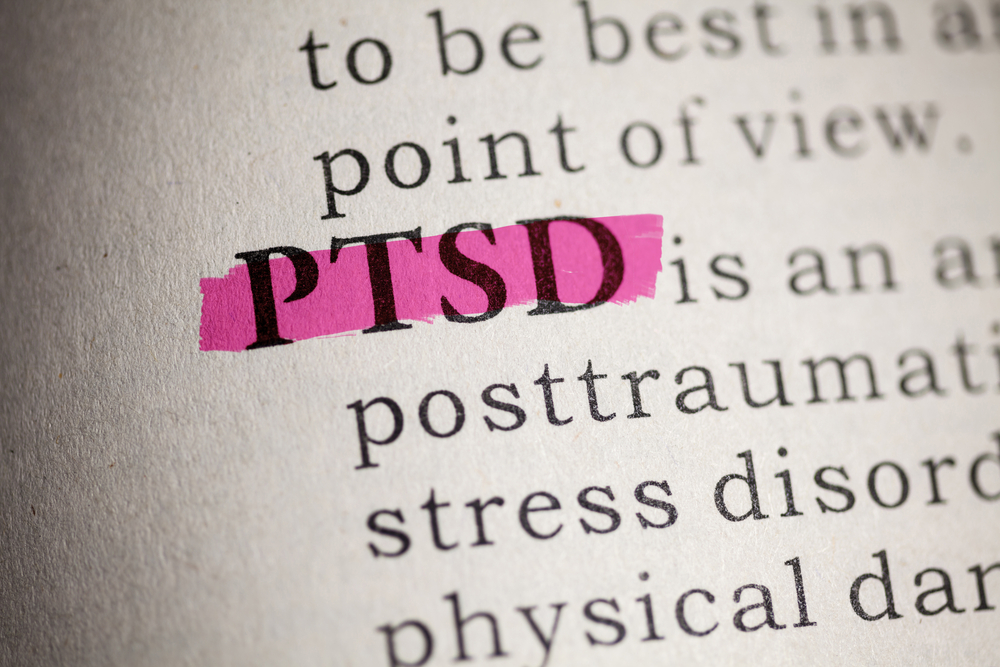Featured
Co-occurring conditions can make managing mental health challenging, but it’s far from impossible. For those who suffer from post-traumatic stress disorder or PTSD, co-occurring conditions can certainly complicate things. And certain disorders are more likely to be paired with PTSD. According to the US Department of Veterans Affairs, almost 80% of PTSD patients also have at least one other mental health diagnosis, which can often lead to unfavourable physical health outcomes as well.
Co-occurring conditions with PTSD

Substance Abuse Disorder
People with PTSD are more likely to develop substance abuse disorder because it is an unhealthy coping mechanism to the trauma. And people who abuse substances are more likely to be exposed to traumatic events that can lead to PTSD. One out of every three veterans looking for substance abuse treatment also need PTSD treatment.
Depression
Depression is an extremely common mental health diagnosis, and depression is common among PTSD sufferers. Depression and trauma are often linked because trauma has a major effect on the nervous system and the way your brain processes and releases chemicals. It alters your fight, flight, or freeze response.
When someone experiences trauma and gets stuck in a freeze state, the symptoms are very similar. They include fatigue, depressed mood, low motivation, feeling numb, and slow breathing. PTSD can also cause people to distance or isolate themselves from others, which can increase the risk of developing depression.

Dissociative Disorders
Disassociation is a common response to trauma. The APA has found that 90% of people diagnosed with dissociative disorders experienced childhood abuse or neglect. Dissociative disorders happen when your thoughts, memories, emotions, and sense of self become disconnected. They are often the body’s response to a very difficult or traumatic situation. It should be noted that dissociation doesn’t always occur at the trauma, it could crop up much later down the line.
The two major types of dissociation are derealization and depersonalization. The three dissociative disorders are dissociative amnesia, depersonalization/derealization disorder, and dissociative identity disorder.
Borderline Personality Disorder
BPD involves the fear of abandonment, extreme emotional distress and mood shifts, and unstable relationships. Experiencing trauma early in life can lead to BPD. Childhood abuse has been linked to both PTSD and BPD. And with both of these disorders being rooted in traumatic experiences, they are often co-occurring. Both diagnoses share a lot of the same symptoms. Symptoms can include aggression and anger issues, impulse control issues, dissociation, obsessive-compulsive thoughts, and suicidal thoughts.

Anxiety Disorders
Several anxiety disorders are more likely to co-occur with PTSD. Nearly 40% of veterans with PTSD also suffered from generalized anxiety disorder according to a 2013 study. This study also found that the anxiety symptoms were far more pronounced in those with the co-occurring PTSD diagnosis. Overlapping symptoms include panic attacks, hypervigilance, and avoidance. Other anxiety disorders that are common in conjunction with PTSD include specific phobias, panic disorder, social anxiety, and agoraphobia.
PTSD is related to other mental health diagnoses. Trauma affects everyone differently, and the way the trauma is perceived will also play a role in mental health outcomes. Managing PTSD and a co-occurring condition is possible. It’s important to find a mental health care provider who is experienced in co-occurring conditions and willing to create a customized treatment plan for you or your loved one.






























